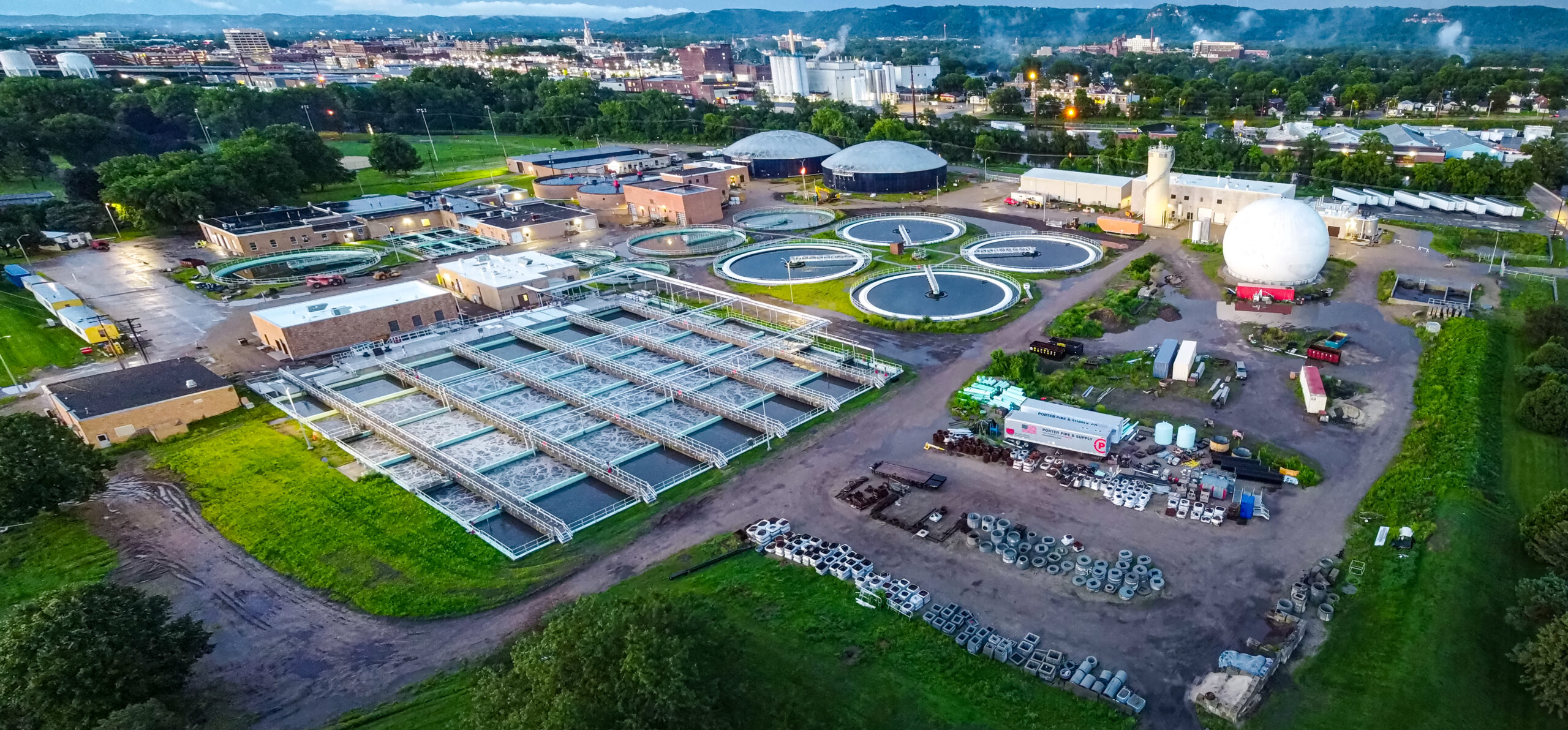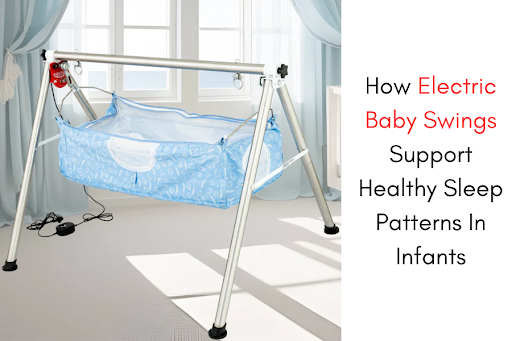With the increase in urban dwellers each year and a growing awareness of the environment, authorities across the world are imposing more stringent quality standards for the discharge of water into the environment.
The past was when both primary and secondary processes used in WWTPs were able to meet standards regarding water purity. Many operators are utilizing secondary treatment methods to comply with more strict standards for contaminants that are in the discharges from their facilities. Their discharges.
The effluents from secondary treatment could comprise these pollutants:
Suspended particles
Organics that dissolve and are not biodegradable,
Matter deviating in color and odor
Inorganic dissolvers and
Microorganisms can be pathogens.
The tertiary process that is chosen for a specific plant will depend on the type of contaminants of concern and what amount.
This article will provide a number of methods to treat secondary effluents from the process.
Transcend Water has developed their automated design generator that assists water engineers in the design of water treatment plants that are efficient, incorporating secondary processes.
Table of Contents
Moving Bed Biofilm Reactors (MBBR)
One of the most popular treatments for tertiary use is the biofilm moving bed reactor, or MBBR.
The process involves dispersing millions of small particles in an aeration tank that is sufficient to fill between 50 and 70 percent of the tank’s volume. The particles are designed in geometric patterns that cover a vast surface area. They also provide surfaces that attract beneficial microorganisms to grow upon them. The resultant biofilm breaks down organic matter that is present in the water.
Diffusers provide continuous aeration all over the tank, encouraging an increase in microorganisms as well as their use of wastewater in the feedwater. Different types of media may be used to collect the particles, based on the influent and intended quality of effluent, temperature fluctuations within the tank, fluctuations in the concentrations of contaminants, and the metabolic processes of the microorganisms living in the tank.
Screens on the tank’s exit stop media particles from leaving the tank, along with the treated water.
Adsorption Techniques
In aaWWTP, adsorption can be described as an adsorption process whereby molecules that are suspended or dissolved within water get transferred onto the surfaces of a substance known as an adsorbent.
Adsorption is a secondary method that is preferred by many plant operators due to its minimal cost of investment for setting up the process and also for the land.
Activated carbon is an efficient absorbent. It is made from various materials like nutshells, industrial and agricultural waste, or any other material that has carbon. Activated carbon is highly effective due to the huge surface area it provides for molecules to accumulate on.
Phosphorus Removal
Phosphorus is among the most important nutrients used in organic and inorganic fertilizers. It is used in a variety of positive ways. However, when WWTP discharges into water bodies, it may encourage an increase in algae, as well as other unwanted plant growth, adversely impacting marine life.
The most common method of removing phosphorus in wastewater is to stimulate it to form phosphate salts by making use of iron, calcium, or aluminium as the metal components of the salts. These salts then crystallize out of the water and are removed by mechanical means.
Disinfection and Dechlorination
The addition of chlorine to the secondary stage effluents is an effective tertiary treatment that can destroy viruses, bacteria, and pathogens, which can cause severe human illness.
Hypochlorite, calcium, and Calcium are frequently employed compounds that impart chlorine to water.
A high level of chlorine could harm all kinds of aquatic life and affect the quality of water for biological life. With the help of sodium bisulfite, the chlorine ions can be eliminated from the water once they have finished their disinfection work, making the water safe to release into the surrounding environment.
Ion Exchange
Another method of tertiary treatment to achieve demineralization, ie, ion exchange. Depending on the purity of the minerals that need to be removed, anion or cation resins may stimulate the exchange of harmful ions into benign compounds, making the effluent suitable for release into the environment or for industrial or agricultural uses.
Other Processes
Here are some other techniques that engineers could employ for the secondary treatment of water in WWTPs.
Advanced Oxidative Processes
The hydroxyl radical could accelerate the process of oxidation to eliminate organic contaminants in WWTPs.
Ozone (O3) is yet another efficient way to oxidize.
Ultraviolet (UV) Light
Ultraviolet irradiation can be a highly effective disinfectant, which is excellent for killing pathogens and making effluent from treatment plants usable for disposal into the natural atmosphere or reuse.
Transcend Water’s Transcend design generator is an original SaaS application that is available for wastewater treatment facility engineers to assist them in selecting methods, including tertiary treatment. Utilizing this software, designers can create a plant that is compatible with the requirements of the plant’s owner as well as the environmental standards that are imposed on the plants.




